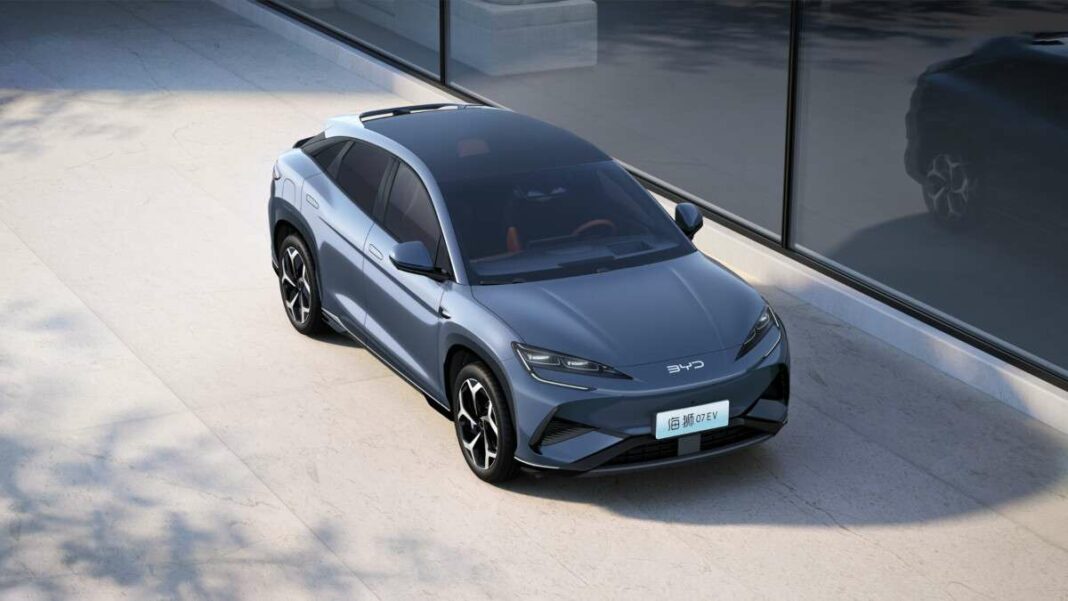BYD and Tesla are in fierce competition in the electric vehicle market, with BYD rapidly advancing in technology and sales. The company has introduced its innovative God’s Eye autonomous driving system, featuring multiple versions that utilize LiDAR sensors and advanced computing power. With plans to produce its own chips by 2026 and over 4 million vehicles equipped with these technologies sold, BYD aims to become a leading force in the automotive industry, potentially surpassing Volkswagen.
BYD vs Tesla: The Electric Car Showdown
The competition between BYD and Tesla has reached a fever pitch, as both companies vie for supremacy in the global electric vehicle market. While Tesla currently holds the crown, the Chinese automaker is rapidly gaining ground, not just in sales but across various technological fronts.
Innovative Technology from BYD
One of the key areas where these two giants are competing is in the realm of autonomous driving technologies. BYD is making significant strides, investing heavily in research and development with a workforce of over one million employees, including more than 100,000 engineers dedicated to advancing autonomous technologies.
Recently, BYD unveiled its latest innovation, known as God’s Eye, during a significant event reported by Car News China. The company’s CEO, Wang Chuanfu, emphasized the aim of making intelligent driving accessible to everyone. This technology will be integrated into a wide range of BYD vehicles, including the upcoming Seagull model set to launch in France.
God’s Eye will feature three different versions, utilizing up to three LiDAR sensors, contrasting with Tesla’s reliance on traditional cameras for its Full Self-Driving (FSD) system. The entry-level model, God’s Eye C, operates solely on cameras placed behind the windshield and is designed to be an economical option for BYD vehicles.
According to a detailed post on Weibo, this system will leverage the DiPilot 100, achieving computing power of 100 TOPS. It incorporates 12 cameras strategically positioned around the vehicle, alongside millimeter-wave and ultrasonic radars. With a precision of 1 to 2 centimeters during parking, the system can execute maneuvers without driver intervention, showcasing BYD’s commitment to innovation.
Additionally, BYD introduced the intermediate version, God’s Eye B, which incorporates a single LiDAR sensor to enhance accuracy. This version is designated for electric models from the Fang Chen Bao and Denza brands, which have previously demonstrated impressive autonomous capabilities in urban environments. The God’s Eye B is powered by the DiPilot 300, offering 300 TOPS of computing power.
The pinnacle of BYD’s offerings is the God’s Eye A, equipped with three LiDAR sensors and boasting a remarkable 600 TOPS of computing power. This elite version will be reserved for the luxury Yangwang brand, with models like the U8 and the striking U9 potentially being among the first recipients of this cutting-edge technology.
BYD is currently utilizing chips from Nvidia and Horizon Robotics for its autonomous driving features. However, the company has ambitious plans to produce its own chips by 2026. With over 4 million vehicles equipped with these advanced technologies already sold, BYD is positioning itself as a formidable contender in the automotive industry, potentially overtaking Volkswagen to become the second-largest automotive group globally.
